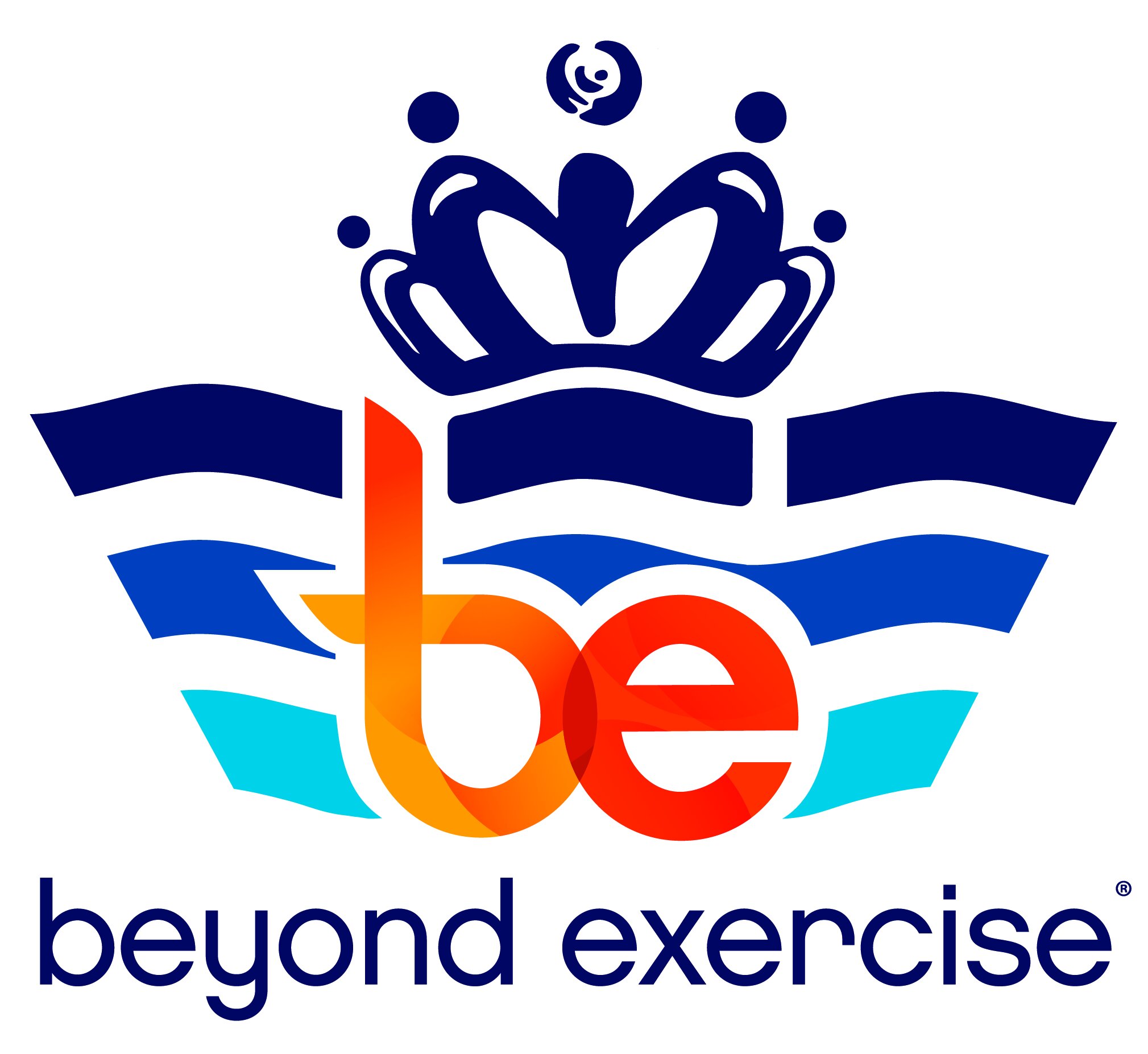Why Do Golfers Experience Back And Hip Pain?
Why Do Golfers Experience Back And Hip Pain?
by Dr. Ellen Foster, PT, DPT
At Beyond Exercise, the most common injuries that bring golfers to our clinic are back pain and hip pain. According to the Titleist Performance Institute, back pain is the most common ailment suffered by golfers of all ages, including professionals on tour, with 28% of golfers reporting back pain. Often, golfing athletes experience pain early in the season when they begin playing more frequently, or travel to a warmer climate to play multiple days in a row. Alternatively, we see golfers later in the season, as the body fatigues and little aches and pains become true overuse injuries that weren’t addressed proactively. Let’s take a closer look at the causes of back and hip pain, how these injuries can be treated, and how to prevent them from reoccurring.
Causes of Pain
Inadequate Mobility in Hips and Spine
Due to the rotational nature of the golf swing, athletes must have proper mobility in the areas above and below the lumbar spine, or the low back will over-rotate to compensate for this deficit. Specifically, hip internal rotation and thoracic spine rotation must be addressed and are often the true cause of back pain. Additionally, mobility of the lumbar spine itself may also be a contributing factor.
Poor trunk stability & core strength
Old-fashioned crunches are not going to cut it for golfers! We often see athletes neglecting to strengthen the true golfing muscles that surround their spine. The multifidi and rotatores muscles are segmental spinal rotators that are often strained in cases of low back pain in golfers. There are many golf-specific core exercises that can condition and strengthen the spinal muscles. Don’t forget that your hips are part of your core too! Lateral hip pain may be caused by weakness in your side glutes, which must work in coordination with your spinal and trunk muscles to control your swing.
Movement Dysfunction
Ultimately, if you have mobility deficits and lack strength in your core muscles, you are likely compensating with a faulty movement pattern. Our brain is very good at finding work arounds, and these shortcuts are usually not sustainable and lead to injury. Bad habits begin to feel normal and trying to correct these faults on your own can be challenging. Establishing and practicing the fundamental movements of your swing once you have the proper mobility and control is crucial to preventing reinjury.
How Do Physical Therapists Treat These Issues?
Manual Therapy - our physical therapists utilize manual therapy to calm the affected areas and establish proper mobility. This may include joint mobilizations, soft tissue work such as active release, cupping, instrument-assisted soft tissue mobilization, or dry needling.
Golf-Specific Therapeutic Exercise - Corrective exercises will reinforce the newly gained mobility to properly activate muscles. Neuromuscular re-education is also used to establish new muscle memory patterns that will directly translate to your swing.
Strengthening - Your therapist will guide you through specific strengthening exercises that will allow you to to play with less fatigue and more power and accuracy. Your therapist may suggest working with our personal trainers at Beyond Exercise for maximum improvements.
Home Exercise Program - The most important part of any treatment plan is the work you do at home! Knowing how to maintain positive changes long term will keep you on the course and out of the clinic.
If you have any questions or are experiencing pain in another part of your body associated with golf, call 513-533-9355 to schedule a physical therapy consultation.

